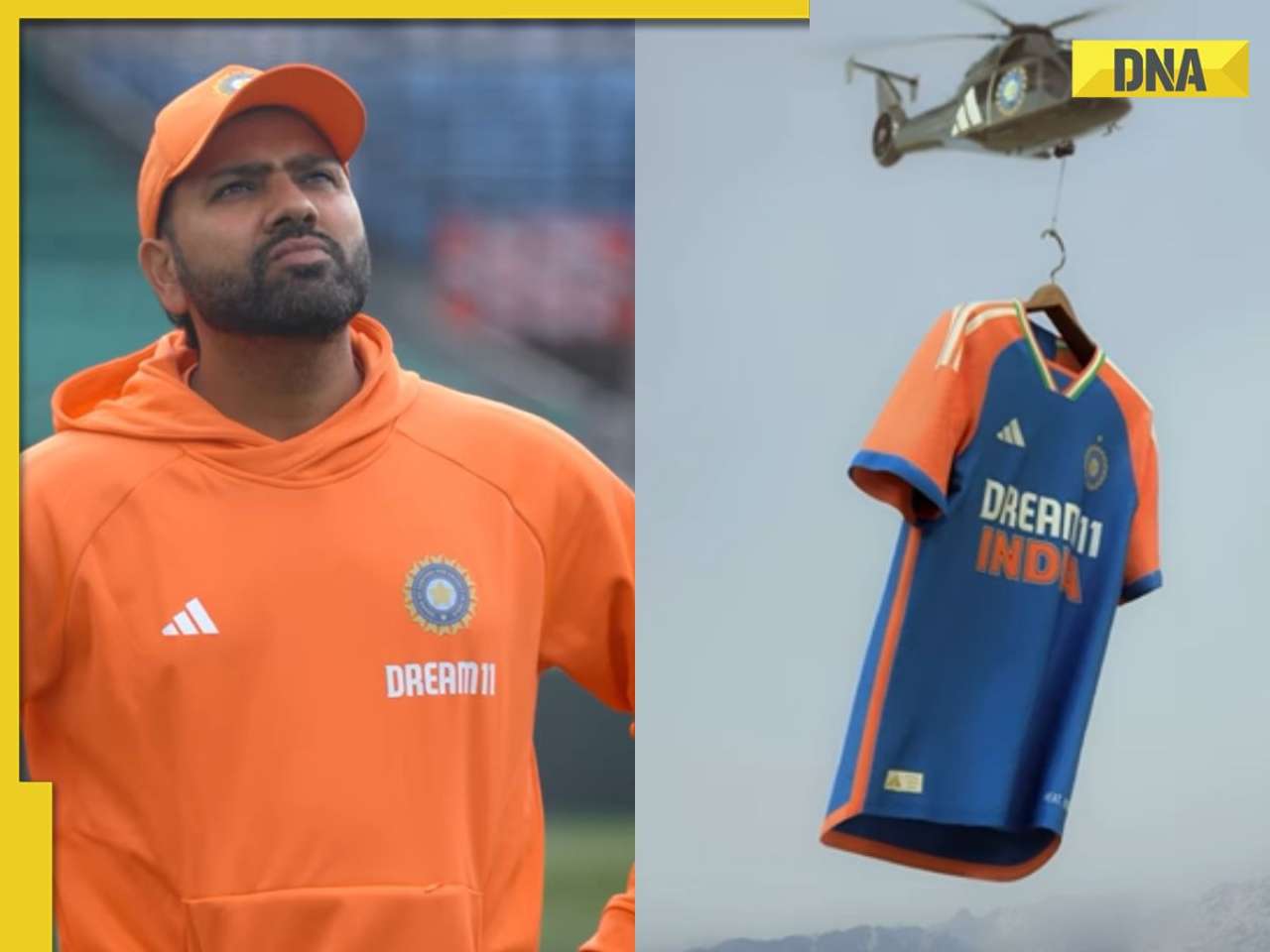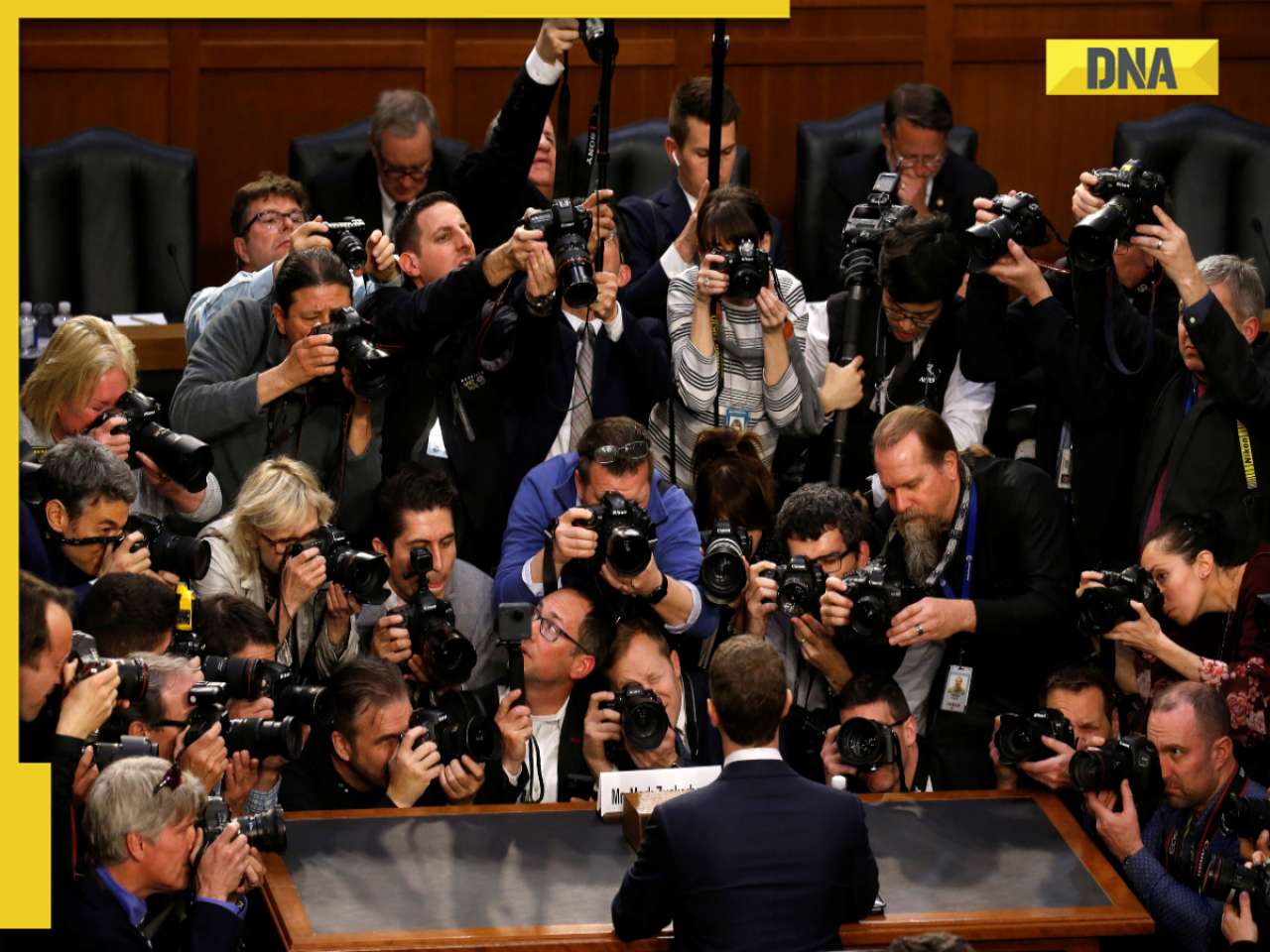For years, several pharmaceutical companies had tried to eat into Cipla’s share of the asthma medications market. All of them barring one has failed.
MUMBAI: For years, several pharmaceutical companies had tried to eat into Cipla’s share of the asthma medications market. All of them barring one has failed. Cipla has dominated the segment for about 30 years now, with an over 82% market share.
In 2005, Lupin dared to enter and managed to gobble up one-tenth of the spoils. And for the first time, Cipla began feeling the heat when its market share fell to 75%.
Preetish Toraskar, Lupin’s senior general manager, sales and marketing, said the trick was in creating brands.
“We started from zero and grew our brands over 80% year-on-year,” to arrive at the 10% plus market share,” Toraskar said.
A year ago, when Zydus Cadila was chalking out strategy to attain $1 billion in revenues, it realised that domestic sales needed to be 40% or $400 million of the target. Interlink, the consultant Zydus hired for this, suggested a focus on brands.
Zydus re-structured its drug portfolio and, after an 18-month study shortlisted eight brands to build on. These included Aten, Atorva, Lossatar and Nucoxia.
“When we were approached to grow the domestic business, we suggested that it is possible only through creating and focusing on brands,” said Raja Smarta, managing director of Interlink Consultancy.
More and more pharmaceutical companies are shifting focus to nurturing brands to grow their topline and profits. That’s a big change from a while ago, when the growth goal hinged on maximum launches.
D G Shah, managing director of Vision Consulting Group, which advises pharma firms, said since India started honouring the patents (from 2005) regime, the option of launching new products has reduced.
:There is a shift to develop brands. The phenomenon has seen big traction this year,” said Shah, who is also the secretary-general of Indian Pharmaceutical Alliance, an association of top domestic pharmaceutical companies.
Smarta agrees. “The entry barriers were low earlier. Domestic companies’ strategy was to introduce cheaper copies of global products. If they launch early, they got the first-mover advantage. Also, the exit barriers were low. If the product did not work, they could easily scrap it,” he says.
Domestic majors have started re-structuring their portfolios since about a year and a half now. Lupin, Wockhardt, Torrent and many smaller companies too have done the same.
“Drugs such as those for lifestyle diseases — including diabetes, cardiovascular disorders and cancer — have been added to portfolios. The time now is to grow what is there in the basket. Brand creation and reaching unserved geographies are their new mantra,” said an industry analyst.
The mindset is changing because of the successes companies have had. “Zydus Cadila’s acquisition of the Aten brand from Kopran has worked. GlaxoSmithKline’s buyout of Crocin from Duphar Interfran is part of folklore on value acquisition in the industry,” says Smarta.
Out of top 10 brands in the country, only two belong to domestic companies. “Multinationals have been creating brands because they have no choice. They have to launch products from their parent’s portfolio and build on them,” said the marketing head of a leading multinational company.
Others like Elder Pharmaceuticals, which restrained itself from launching copycats, have been successful in building business on brands.
For example, an ORG-IMS study rates Elder’s Shelcal calcium product as India’s No. 36t pharmaceutical brand.
“We are now trying to emulate Shelcal’s success with our other brands,” said Alok Saxena, promoter and director (international) of Elder.
“We have identified 5-6 brands including Eldervit (a Rs 30 crore brand) and will be focusing on them. We will also take them abroad,” he said.
But with companies today trying to penetrate the massive rural market, can branding still work?
“Branding in rural area can be as successful as in urban geography. In rural areas, branding has worked magic for many fast-moving consumer goods companies, the automobile sector and even with cement companies. Pharma firms can replicate the story. Anacin and Vicks have been two very successful products in rural India,” Shah said.
According to him, it all comes down to the basics of how well a company has designed its communication programme.
Interlink’s Smarta said investing in branding for the rural areas will take a while.
The big chunk of sales still comes from the urbania -- as much as 80%. Then comes cities with lower population, classified as Tier III and Tier IV. Sales from the rural market are minuscule.
A senior official of a domestic pharma firm says it is also difficult to quantify sales in the rural area.
“The numbers given by research agencies are comprehensive due to the methodology they follow. They track movement of goods from stockists. In the rural areas, retailers buy drugs from cities close by, too,” he said.
![submenu-img]() This singer left Air Force, sang at churches, became superstar; later his father killed him after...
This singer left Air Force, sang at churches, became superstar; later his father killed him after...![submenu-img]() Indian-origin man says Apple CEO Tim Cook pushed him...
Indian-origin man says Apple CEO Tim Cook pushed him...![submenu-img]() Anil Ambani’s Rs 96500000000 Reliance deal still waiting for green signal? IRDAI nod awaited as deadline nears
Anil Ambani’s Rs 96500000000 Reliance deal still waiting for green signal? IRDAI nod awaited as deadline nears![submenu-img]() Most popular Indian song ever on Spotify has 50 crore streams; it's not Besharam Rang, Pehle Bhi Main, Oo Antava, Naina
Most popular Indian song ever on Spotify has 50 crore streams; it's not Besharam Rang, Pehle Bhi Main, Oo Antava, Naina![submenu-img]() Did Diljit Dosanjh cut his hair for Amar Singh Chamkila? Imtiaz Ali reveals ‘he managed to…’
Did Diljit Dosanjh cut his hair for Amar Singh Chamkila? Imtiaz Ali reveals ‘he managed to…’ ![submenu-img]() DNA Verified: Is CAA an anti-Muslim law? Centre terms news report as 'misleading'
DNA Verified: Is CAA an anti-Muslim law? Centre terms news report as 'misleading'![submenu-img]() DNA Verified: Lok Sabha Elections 2024 to be held on April 19? Know truth behind viral message
DNA Verified: Lok Sabha Elections 2024 to be held on April 19? Know truth behind viral message![submenu-img]() DNA Verified: Modi govt giving students free laptops under 'One Student One Laptop' scheme? Know truth here
DNA Verified: Modi govt giving students free laptops under 'One Student One Laptop' scheme? Know truth here![submenu-img]() DNA Verified: Shah Rukh Khan denies reports of his role in release of India's naval officers from Qatar
DNA Verified: Shah Rukh Khan denies reports of his role in release of India's naval officers from Qatar![submenu-img]() DNA Verified: Is govt providing Rs 1.6 lakh benefit to girls under PM Ladli Laxmi Yojana? Know truth
DNA Verified: Is govt providing Rs 1.6 lakh benefit to girls under PM Ladli Laxmi Yojana? Know truth![submenu-img]() Alia Bhatt wears elegant saree made by 163 people over 1965 hours to Met Gala 2024, fans call her ‘princess Jasmine’
Alia Bhatt wears elegant saree made by 163 people over 1965 hours to Met Gala 2024, fans call her ‘princess Jasmine’![submenu-img]() Jr NTR-Lakshmi Pranathi's 13th wedding anniversary: Here's how strangers became soulmates
Jr NTR-Lakshmi Pranathi's 13th wedding anniversary: Here's how strangers became soulmates![submenu-img]() Streaming This Week: Heeramandi, Shaitaan, Manjummel Boys, latest OTT releases to binge-watch
Streaming This Week: Heeramandi, Shaitaan, Manjummel Boys, latest OTT releases to binge-watch![submenu-img]() Remember Ayesha Kapur? Michelle from Black, here's how actress, nutrition coach, entrepreneur looks after 19 years
Remember Ayesha Kapur? Michelle from Black, here's how actress, nutrition coach, entrepreneur looks after 19 years![submenu-img]() Remember Heyy Babyy's cute 'Angel' Juanna Sanghvi? 20 year-old looks unrecognisable now, fans say 'her comeback will...'
Remember Heyy Babyy's cute 'Angel' Juanna Sanghvi? 20 year-old looks unrecognisable now, fans say 'her comeback will...'![submenu-img]() DNA Explainer: Why Harvey Weinstein's rape conviction was overturned, will beleaguered Hollywood mogul get out of jail?
DNA Explainer: Why Harvey Weinstein's rape conviction was overturned, will beleaguered Hollywood mogul get out of jail?![submenu-img]() What is inheritance tax?
What is inheritance tax?![submenu-img]() DNA Explainer: What is cloud seeding which is blamed for wreaking havoc in Dubai?
DNA Explainer: What is cloud seeding which is blamed for wreaking havoc in Dubai?![submenu-img]() DNA Explainer: What is Israel's Arrow-3 defence system used to intercept Iran's missile attack?
DNA Explainer: What is Israel's Arrow-3 defence system used to intercept Iran's missile attack?![submenu-img]() DNA Explainer: How Iranian projectiles failed to breach iron-clad Israeli air defence
DNA Explainer: How Iranian projectiles failed to breach iron-clad Israeli air defence![submenu-img]() This singer left Air Force, sang at churches, became superstar; later his father killed him after...
This singer left Air Force, sang at churches, became superstar; later his father killed him after...![submenu-img]() Most popular Indian song ever on Spotify has 50 crore streams; it's not Besharam Rang, Pehle Bhi Main, Oo Antava, Naina
Most popular Indian song ever on Spotify has 50 crore streams; it's not Besharam Rang, Pehle Bhi Main, Oo Antava, Naina![submenu-img]() Did Diljit Dosanjh cut his hair for Amar Singh Chamkila? Imtiaz Ali reveals ‘he managed to…’
Did Diljit Dosanjh cut his hair for Amar Singh Chamkila? Imtiaz Ali reveals ‘he managed to…’ ![submenu-img]() Watch: Arti Singh gets grand welcome at husband Dipak's house with fairy lights and fireworks, video goes viral
Watch: Arti Singh gets grand welcome at husband Dipak's house with fairy lights and fireworks, video goes viral![submenu-img]() Meet actress, who belongs to family of superstars, quit films after 19 flops, no single hit in 9 years; is still worth…
Meet actress, who belongs to family of superstars, quit films after 19 flops, no single hit in 9 years; is still worth…![submenu-img]() IPL 2024: Suryakumar Yadav's century power MI to 7-wicket win over SRH
IPL 2024: Suryakumar Yadav's century power MI to 7-wicket win over SRH![submenu-img]() DC vs RR, IPL 2024: Predicted playing XI, live streaming details, weather and pitch report
DC vs RR, IPL 2024: Predicted playing XI, live streaming details, weather and pitch report![submenu-img]() Watch: Team India’s new jersey for T20 World Cup 2024 unveiled
Watch: Team India’s new jersey for T20 World Cup 2024 unveiled![submenu-img]() DC vs RR IPL 2024 Dream11 prediction: Fantasy cricket tips for Delhi Capitals vs Rajasthan Royals
DC vs RR IPL 2024 Dream11 prediction: Fantasy cricket tips for Delhi Capitals vs Rajasthan Royals![submenu-img]() IPL 2024: Kolkata Knight Riders take top spot after 98 runs win over Lucknow Super Giants
IPL 2024: Kolkata Knight Riders take top spot after 98 runs win over Lucknow Super Giants![submenu-img]() Indian-origin man says Apple CEO Tim Cook pushed him...
Indian-origin man says Apple CEO Tim Cook pushed him...![submenu-img]() Meet man whose salary was only Rs 83 but his net worth grew by Rs 7010577000000 in 2023, he is Mukesh Ambani's...
Meet man whose salary was only Rs 83 but his net worth grew by Rs 7010577000000 in 2023, he is Mukesh Ambani's...![submenu-img]() Job applicant offers to pay Rs 40000 to Bengaluru startup founder, here's what happened next
Job applicant offers to pay Rs 40000 to Bengaluru startup founder, here's what happened next![submenu-img]() Viral video: Family fearlessly conducts puja with live black cobra, internet reacts
Viral video: Family fearlessly conducts puja with live black cobra, internet reacts![submenu-img]() Woman demands Rs 50 lakh after receiving chicken instead of paneer
Woman demands Rs 50 lakh after receiving chicken instead of paneer















































)
)
)
)
)
)